Nu är det höst. Några löv har redan singlat ner på marken under trädet. Lönnlöven är nu gula, orangea och röda. Löv innehåller flera olika pigment som absorberar ljus vid olika våglängder. Ljusenergin används sedan för att driva fotosyntesen. Klorofyll absorberar synligt ljus i de flesta färger förutom grönt. Det gröna ljuset fångas inte in av något av pigmenten. Det är därför som löv vanligen är gröna. Klorofyllen bryts ner tidigt på hösten men andra pigmenten är kvar längre. Men de andra pigmenten tar bara upp kortvågigt ljus och inte det långvågiga gul-orange-röda ljuset. Så löven byter färg. Och resultatet är lika vackert varje år.
Now autumn is here. Some leaves have already fallen down. The maple leaves are now yellow, orange and red. Leaves contain several different pigments that absorb light of different wave lengths. The light energy is used to run the photosynthesis. Chlorophyll absorbs nearly all colours of visible light except green. Green light isn’t absorbed by any pigment. That’s why leaves are usually green. Chlorophyll is degraded in early autumn but the other pigments last longer. The other pigments only absorb light with short wave lengths and not the yellow-orange-red light with long wave lengths. So the leaves change colour. And the result is equally beautiful every year.
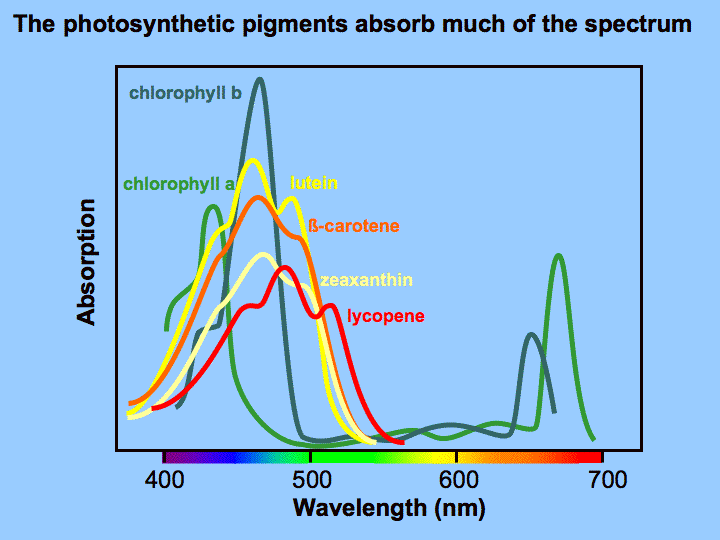 Våglängderna stämmer inte riktigt, men bilden visar ändå den viktigaste skillnaden mellan klorofyll och de andra pigmenten. The wave lengths are not entirely accurate, but the figure still shows the most important difference between chlorophyll and the other pigments. Källa/Source: Koning, Ross E. 1994. Light. Plant Physiology Information Website.
Våglängderna stämmer inte riktigt, men bilden visar ändå den viktigaste skillnaden mellan klorofyll och de andra pigmenten. The wave lengths are not entirely accurate, but the figure still shows the most important difference between chlorophyll and the other pigments. Källa/Source: Koning, Ross E. 1994. Light. Plant Physiology Information Website.
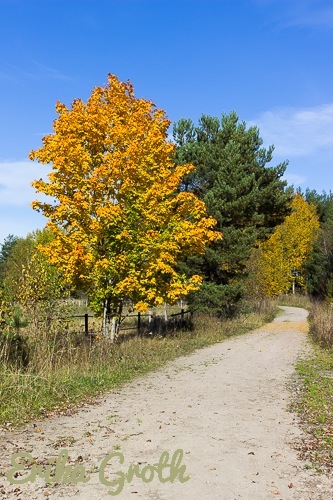
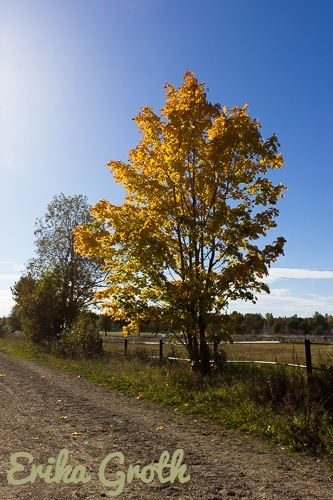
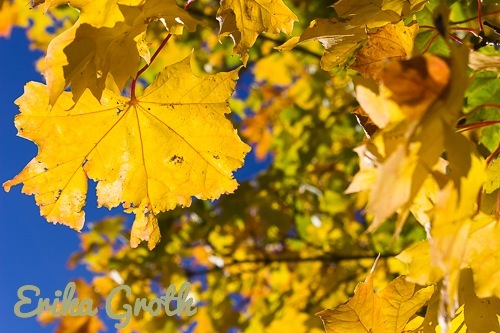
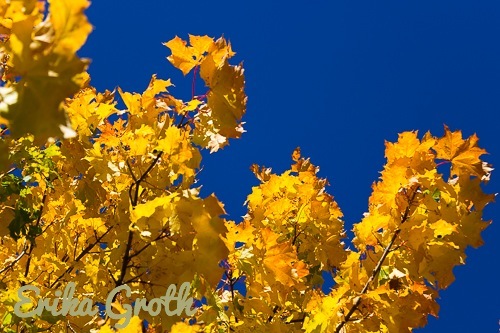
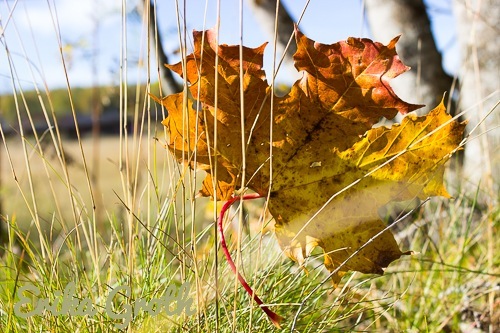 Fotona ovan är tagna 2015-10-04 i Sandviken.
Fotona ovan är tagna 2015-10-04 i Sandviken.
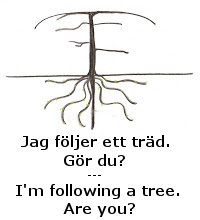 Kolla även in andra trädföljare på Loose and Leafy (internationellt).
Kolla även in andra trädföljare på Loose and Leafy (internationellt).

Thanks for the pigment figure. For some reason, It’s always a challenge to remember that pigments are the color of the light they do NOT absorb!
Yes, it is counterintuitive.
That figure isn’t perfect but it was the best I could find online using Google. There are plenty of figures showing only chlorophyll but I wanted one that shows all (or at least most) of the pigments. I had a really good figure of this that I used when I was teaching plant physiology at the university, but unfortunately I didn’t keep it when I left.
The colours are wonderful but I find pigments and frequencies very difficult. I’m glad I don’t need to be a ’proper’nature person.
Glad to hear I’m not the only one